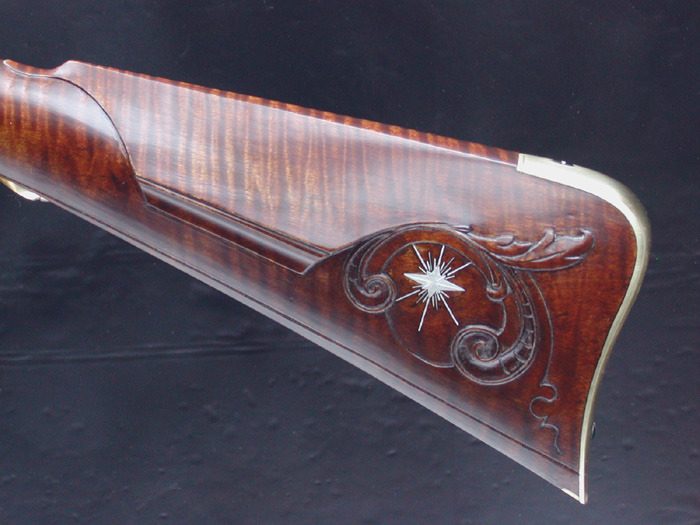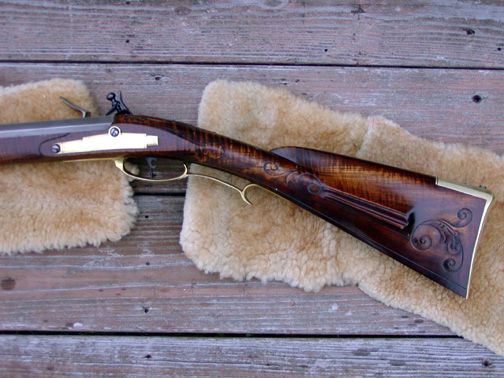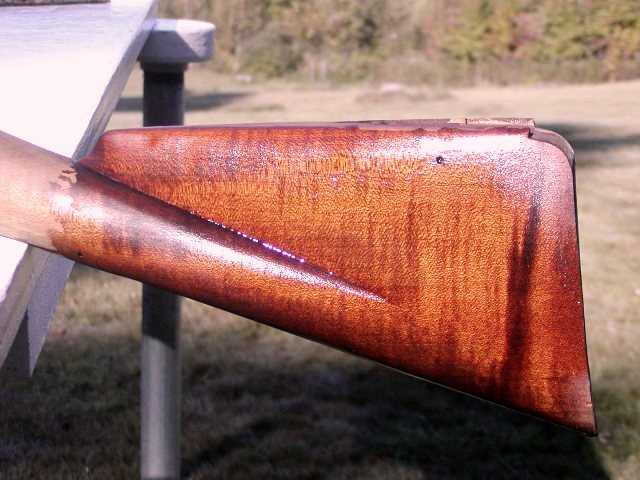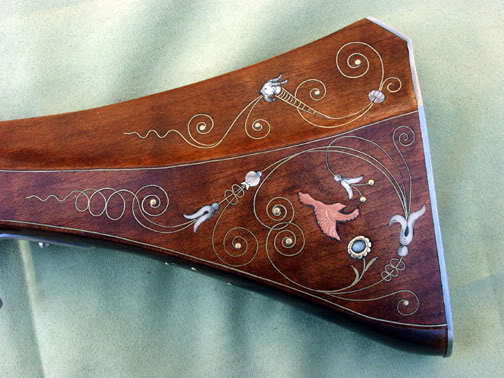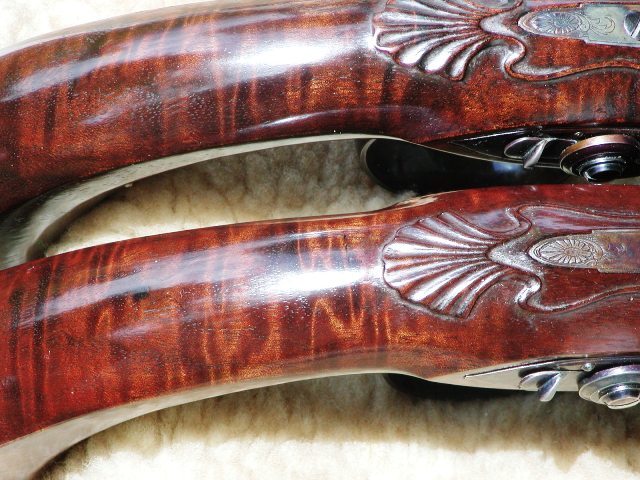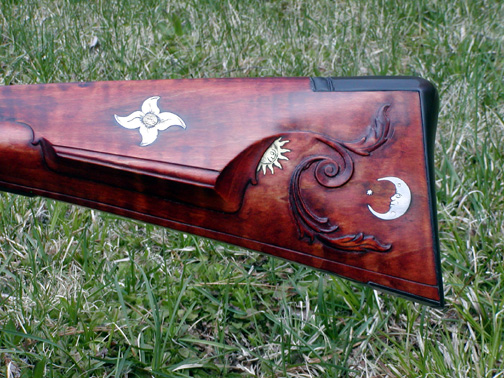Hi,
You seem to need a primer on wood stains to understand the differences. Minwax and most stains sold in hardware stores are pigmented stains meaning they contain a pigment (like paint) suspended in some medium. As such, they coat the wood and color it but also obscure the grain. If your stock has figure they will obscure that figure. Dyes, like LMF, aniline, and others actually dye the wood fiber without covering over the grain. Unfortunately, there are no dyes that will not fade under intense UV light. So over the years, those stains will fade, particularly the reddish colors, if the gun is outside in sunlight a lot. Finally, there are the acid-based stains, which were commonly used by the old masters. Aqua fortis, vinegar stains, ferric nitrate (same as aqua fortis) contain acid and iron oxide. They actually oxidize the wood fiber and when the acid is driven off by heat (blushing), the residual iron oxide bonds with the wood fiber. These stains bring out curl in maple very well and never fade. However, they are mainly useful on wood with low tannin content like maple and birch. The acid will react with tannin and create a dark grey or almost black color on woods like walnut, cherry, and butternut.
dave





